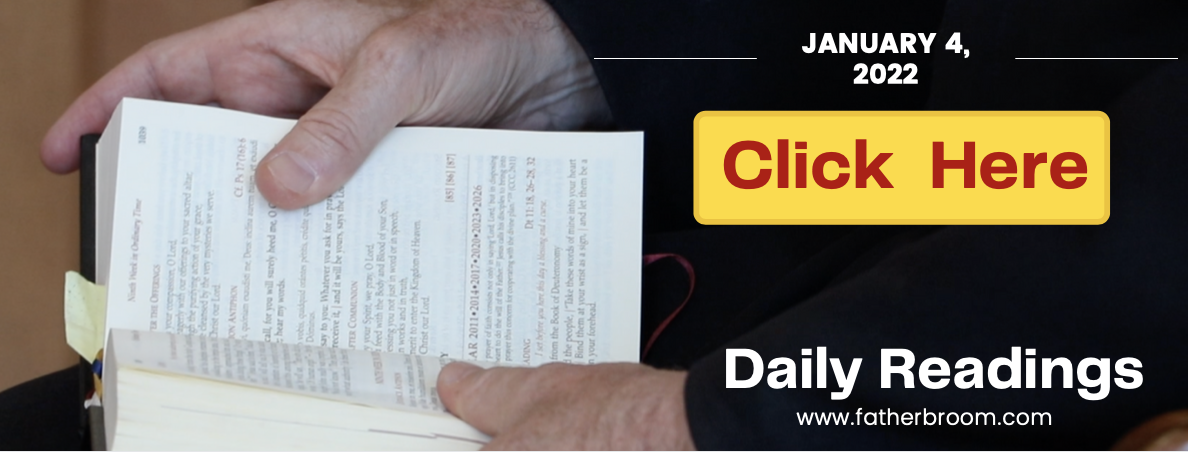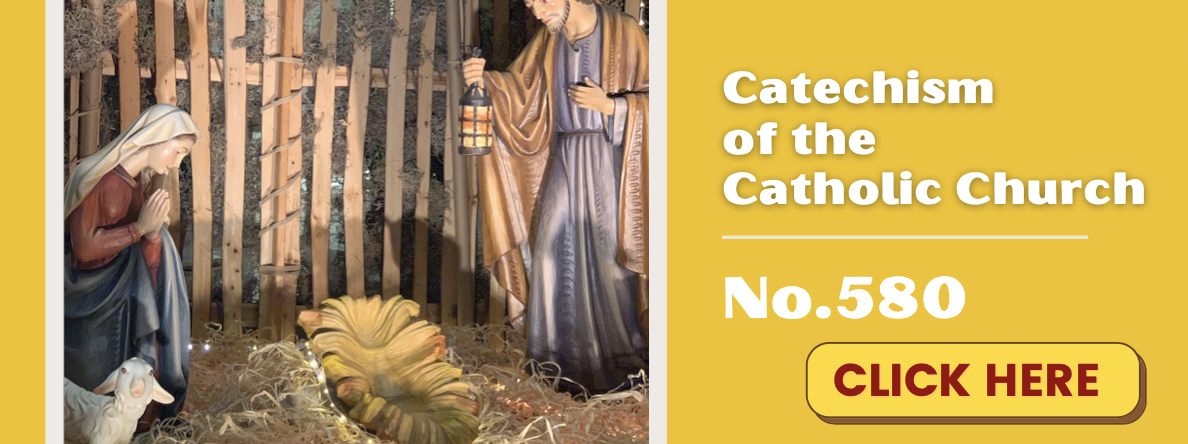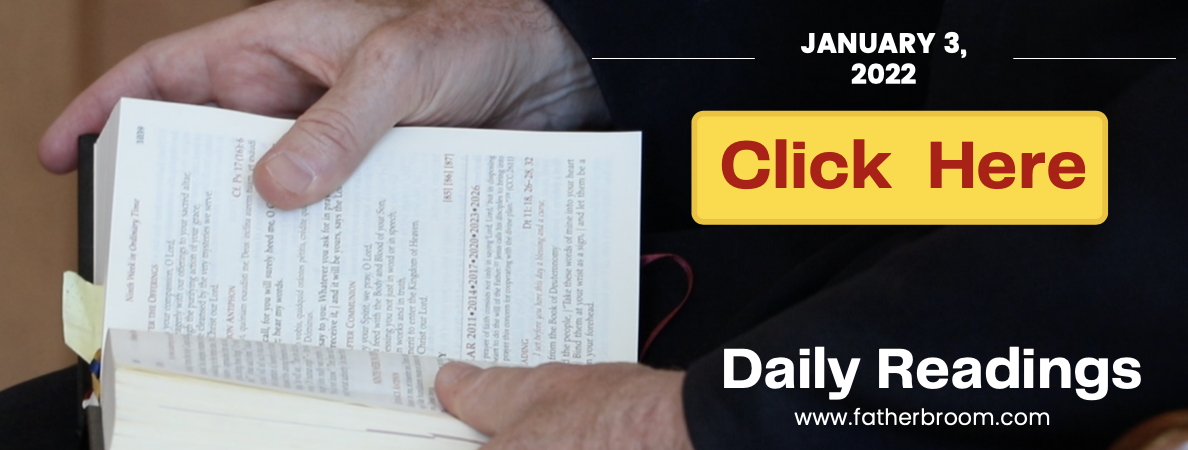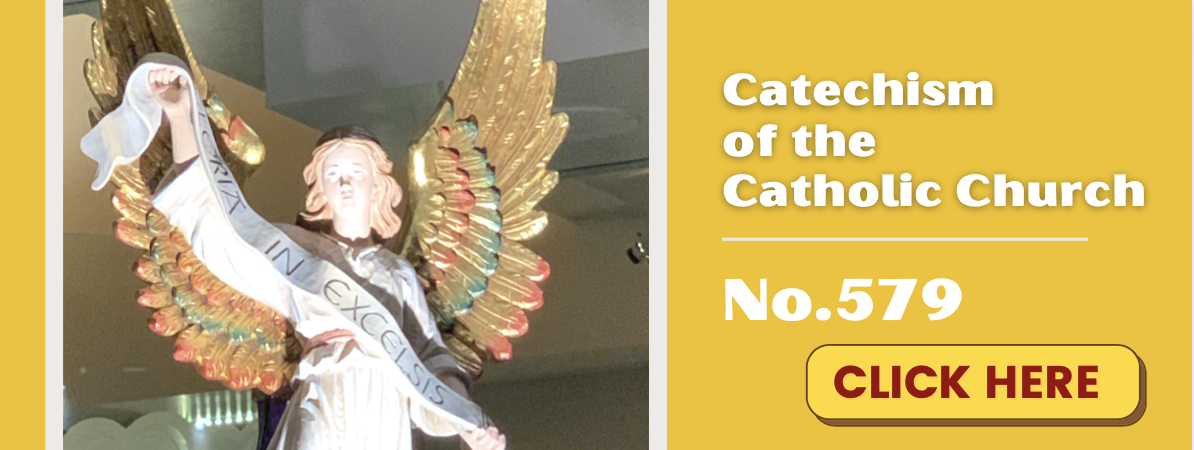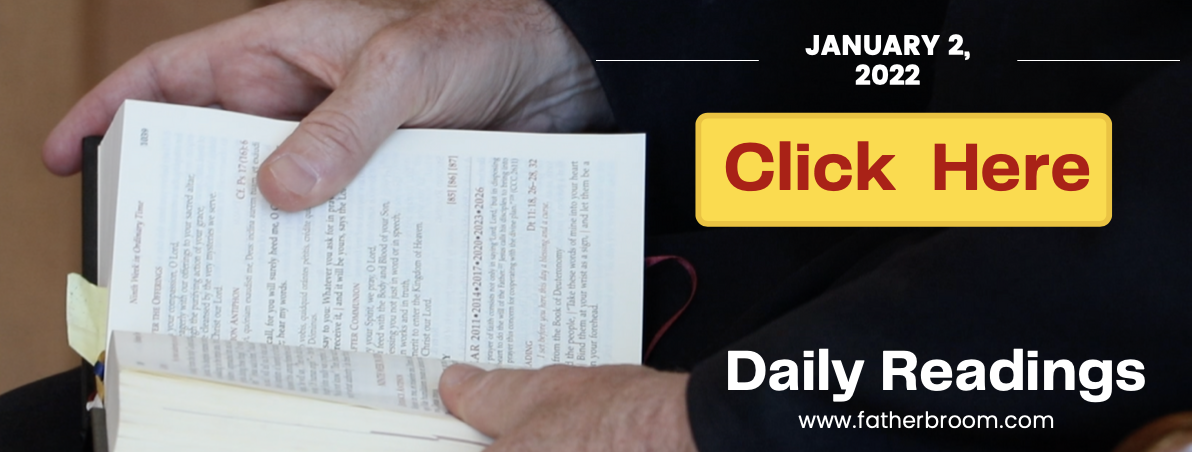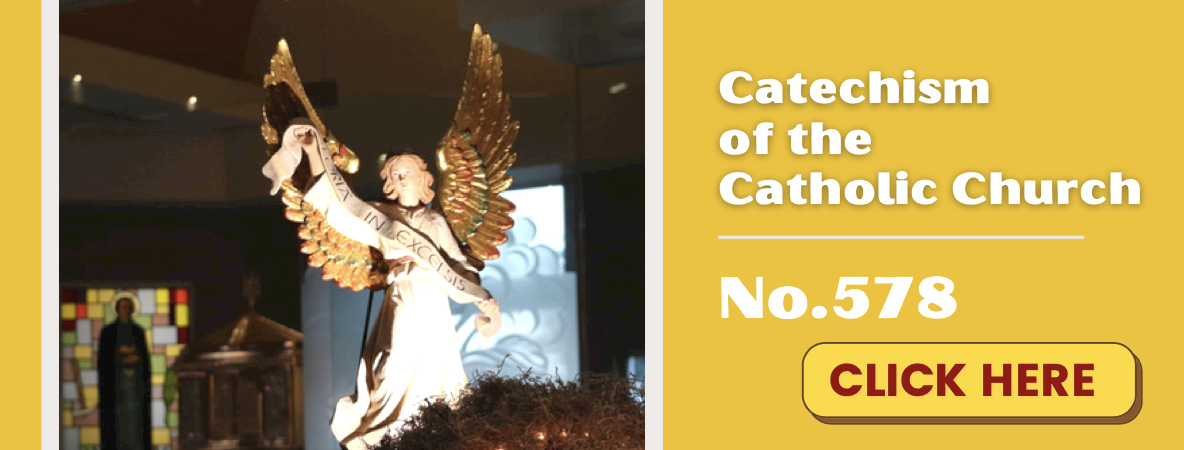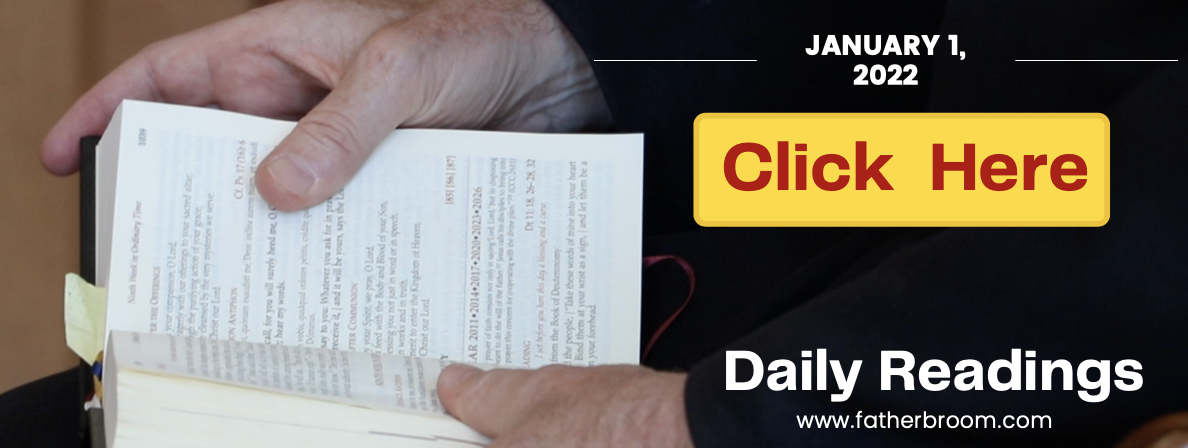Memorial of Saint John Neumann, Bishop
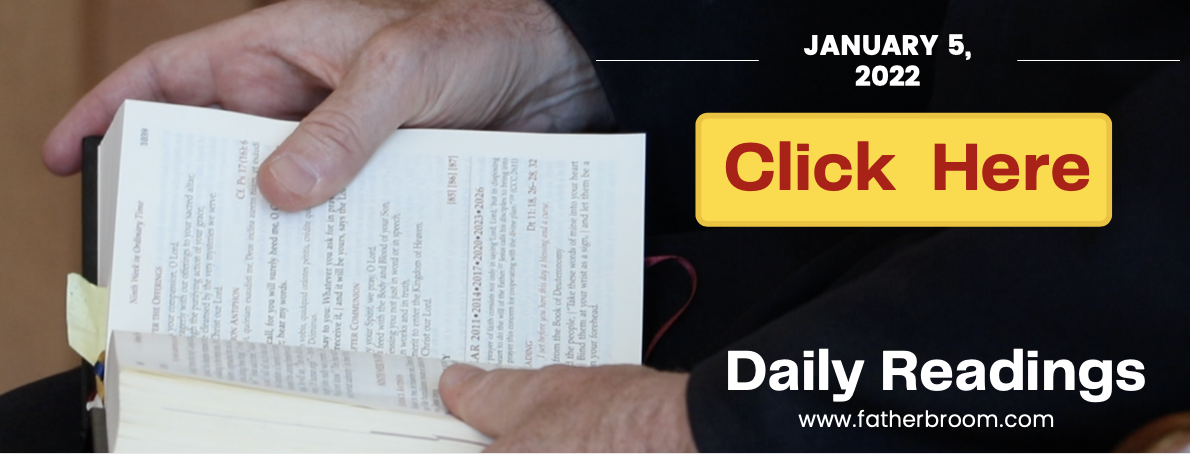


“For greater things you were born.” (Ven. Mother Luisita)
WEDNESDAY, JANUARY 5th Mk. 6:45-53 “They had not understood the incident of the loaves. On the contrary, their hearts were hardened.”
Have our minds and hearts become blunted, obtuse towards Jesus’ Real Presence in Mass and Holy Communion? Has it become so commonplace that we take it for granted? We no longer appreciate the mystery and the miracle—the Greatest Miracle of Jesus’ Real Presence called down from Heaven by the words of the priest and the action of the Holy Spirit at the Consecration of bread and wine to the Body and Blood of Jesus Christ!!!
Yesterday we meditated on seven Old Testament Biblical Passages pointing to the Eucharist. Today we will meditate on eight New Testament references to the Eucharist! May the Holy Spirit set our hearts on fire anew for Jesus, our Beloved Lord and Savior, truly present in the the most Holy Eucharist and longing to be received by each one of us in Holy Communion!
PART TWO OF A TWO-PART MEDITATION
PART TWO: JESUS TRULY IS THE BREAD OF LIFE. FINAL EIGHT OF 15 BIBLICAL PASSAGES POINTING TO THE EUCHARIST… By Fr. Ed Broom, OMV
NEW TESTAMENT REFERENCES TO THE EUCHARIST.
Now we will move from the Old Testament to the New Testament and delve into the many inspiring sources that we are all called to read and meditate upon so that we will grow in faith, love and devotion for Jesus who is truly present in the Bread of Life.
1. JOHN Chapter 6. Once again we return to the all-important chapter of John 6. This long chapter of 71 verses offers three essential themes for our meditation.
1) Jesus multiplies the loaves. Here Jesus works a miracle over nature multiplying bread and fish for the multitude, and also for us, so as to dispose and prepare our minds, hearts, and souls for the miracle of the Eucharist.
2) Jesus walks on water, showing His power over His own body, again preparing us for the miracle of the Eucharist. In Mt 14:22-32, Jesus walks on water and gives Peter the power to walk on water as long as he keeps his eyes on the Lord! If we truly believe in the Lord, we can carry out miracles. “Lord, I believe, but help my unbelief.” (Mk 9:24)
3) Finally, close to two thirds of Chapter 6 of John is the BREAD OF LIFE DISCOURSE. This magnificent preaching of Jesus teaches without stutter or stammer, with the greatest clarity, that if we want to live forever we must nourish ourselves on the Bread of Life: “Very truly I tell you, unless you eat of the flesh of the Son of Man and drink his blood, you have no life in you.” (Jn 6:53)
2. MATTHEW 26:26-28 / LUKE 22:19-20. THE INSTITUTION OF THE EUCHARIST. In the context of the Last Supper, Jesus celebrates the First Mass on that Holy Thursday night. In the same context, Jesus institutes and ordains the first priests; these are the Apostles. “While they were eating, Jesus took bread, and when he had given thanks, he gave it to them saying, ‘Take and eat, this is my body.’ Then he took a cup, and when he had given thanks, he gave it to them saying, ‘Drink from it, all of you. This is my blood of the covenant, which is poured out for many for the forgiveness of sins.’” In the Last Supper account of Luke 22:19, Jesus says to the apostles, “Do this in remembrance of me.” This is the institution of the priesthood. In awe and thanksgiving let us lift our hearts in praise to the Lord for this most sublime gift of the Eucharist! Let us beg for greater faith and love for the Eucharist, as well as implore the Lord for good and holy priests!
3. REVELATION 3:20. JESUS STANDS AND KNOCKS. “Here I am! I stand at the door and knock. If anyone hears my voice and opens the door, I will come in and eat with that person, and they with me.” This short but challenging passage presents Jesus as a pilgrim-traveler knocking at the door. The owner can choose to leave the door shut and ignore the traveler’s knock or he can open the door to the weary traveler and invite him to supper. The Eucharistic Lord is knocking at the door of your heart now! What is your response???
4. I CORINTHIANS 11:17-34. THE EUCHARISTIC ABUSE. This passage in the Letter of Saint Paul to the Corinthians explodes! Unfortunately, in this early Christian Community there were members who were abusing the Eucharist. The more affluent were eating and drinking, even getting drunk, and neglecting the poor. Then after this scandal, they would be eating and drinking the Body and Blood of the Lord, and Saint Paul says, to their own condemnation. This Biblical passage gives us the foundation for the importance of receiving the Eucharist, the Body and Blood of Jesus, in the state of grace. Otherwise, we could be eating and drinking, not for our salvation, but for our own condemnation!
5. LUKE 24:13-35. THE DISCIPLES ON THE ROAD TO EMMAUS. A beautiful and heartwarming Easter passage offers us a summary of Holy Mass in miniature. Two disciples, walking away from Jerusalem after Christ’s crucifixion and death, are in the depths of desolation until a stranger joins them. That “stranger” is the risen Jesus, unrecognized by them. The journey on the way to their little cottage talking with Jesus and listening to Him is the Liturgy of the Word. “Jesus said to them, ‘Did not the Messiah have to suffer these things and then enter His glory?’ Beginning with Moses and all the Prophets, he explained to them what was said in all the Scriptures concerning himself.”
The Breaking of the Bread in the little cottage in Emmaus is the Liturgy of the Eucharist. Approaching their destination, they urge Jesus to stay with them. Sitting down at the table, he takes bread, gives thanks, breaks the bread, and gives the bread, only it is no longer bread, it is His Body and Blood in the Holy Eucharist. “Then their eyes were opened and they recognized him, and he disappeared from their sight. They asked each other, ‘Were not our hearts burning within us while he talked with us on the road and opened the Scriptures to us?’” One key interpretation: when we live and walk without Jesus, we live and walk in utter darkness, desolation, and sadness. However, once we allow Jesus to walk with us in His Word in Sacred Scripture, and dwell within us in His Body and Blood in the Eucharist, Jesus, the Son of God and the Light of the World, breaks through the clouds and shines on our path, the clouds of sadness dissipate and we experience an overflowing and abundant joy!
6. MATTHEW 6:9-13. In the Lord’s Prayer, that we commonly call THE OUR FATHER, there are seven petitions. One of these refers to the Eucharist and Holy Communion. “Give us this day our daily bread…” One way in which this can be interpreted is the challenge, inasmuch as it is possible according to your daily obligations, to attend Mass and receive Holy Communion even on a daily basis. In other words, this daily bread could be interpreted as daily Mass and Holy Communion. Those who have formed the habit of daily Mass and Holy Communion find that they cannot live without this nourishment of our Eucharistic Lord! Try it out—daily Mass and Holy Communion, and see how your life improves!
7. LUKE 1:38. MARY AND RECEIVING JESUS. As soon as Our Lady gave her consent to God through the Archangel Gabriel with the words of her Fiat, her Yes: “Behold, I am the handmaid of the Lord; be it done to me according to your word” (Lk. 1:38), then “The word became flesh and dwelt among us.” (Jn. 1:14) Pope Saint John Paul II makes a parallel between Mary’s YES to God and our AMEN when we receive Jesus in Holy Communion. In this sense, Mary’s Yes resulted in receiving Jesus into her heart, mind, body, and soul; so also our Amen when we receive Jesus in Holy Communion results in Jesus entering into our heart and into the very center of our being. For that reason, it is important to beg Mary for the grace to receive Jesus with great faith, devotion, and love in Holy Communion.
8. LUKE 1:46-55. MARY’S MAGNIFICAT. We conclude on a Marian note taken from the great Marian lover, Saint Louis de Montfort, who gave us True Devotion to Mary. Related to the Mass, Holy Communion, and the Eucharist, de Montfort says that one of the best ways that we can render a proper thanksgiving to Jesus after receiving Him in Holy Communion is by praying Mary’s MAGNIFICAT. “My soul proclaims the greatness of the Lord and my spirit rejoices in God my Savior…” (Lk 1:46-55)
Through the intercession of the most pure and Immaculate Heart of Mary may all of you grow in your faith, belief, devotion, and love for Jesus in frequent and fervent Masses and Holy Communions. Indeed, Jesus is the Bread of Life, and whoever eats His Body and drinks His Blood will have eternal life in joy, peace, and happiness forever in Heaven. “O Sacrament most holy, O Sacrament divine, all praise and all thanksgiving be every moment thine.”
